Concrete slabs are vital to many construction projects, as they provide a strong and durable foundation for the structure being built. Slabs are not only necessary for strength and stability but also have other benefits, such as providing insulation and protection against moisture.
Can You Dig Under a Concrete Slab?
Yes, you can dig under concrete slabs for temporary work. Usually, you need to dig under a concrete slab when you need plumbing repair. Of course, after repair, the contractors will fill the under-slab tunnel. However, if you are not a construction expert, digging under a concrete slab is not recommended and can cause severe damage to the construction structure.
Before digging under the slab, call 811 to report digging and check the frost line by zip code. Your digging depth is correlated with the frost line depth for your area.
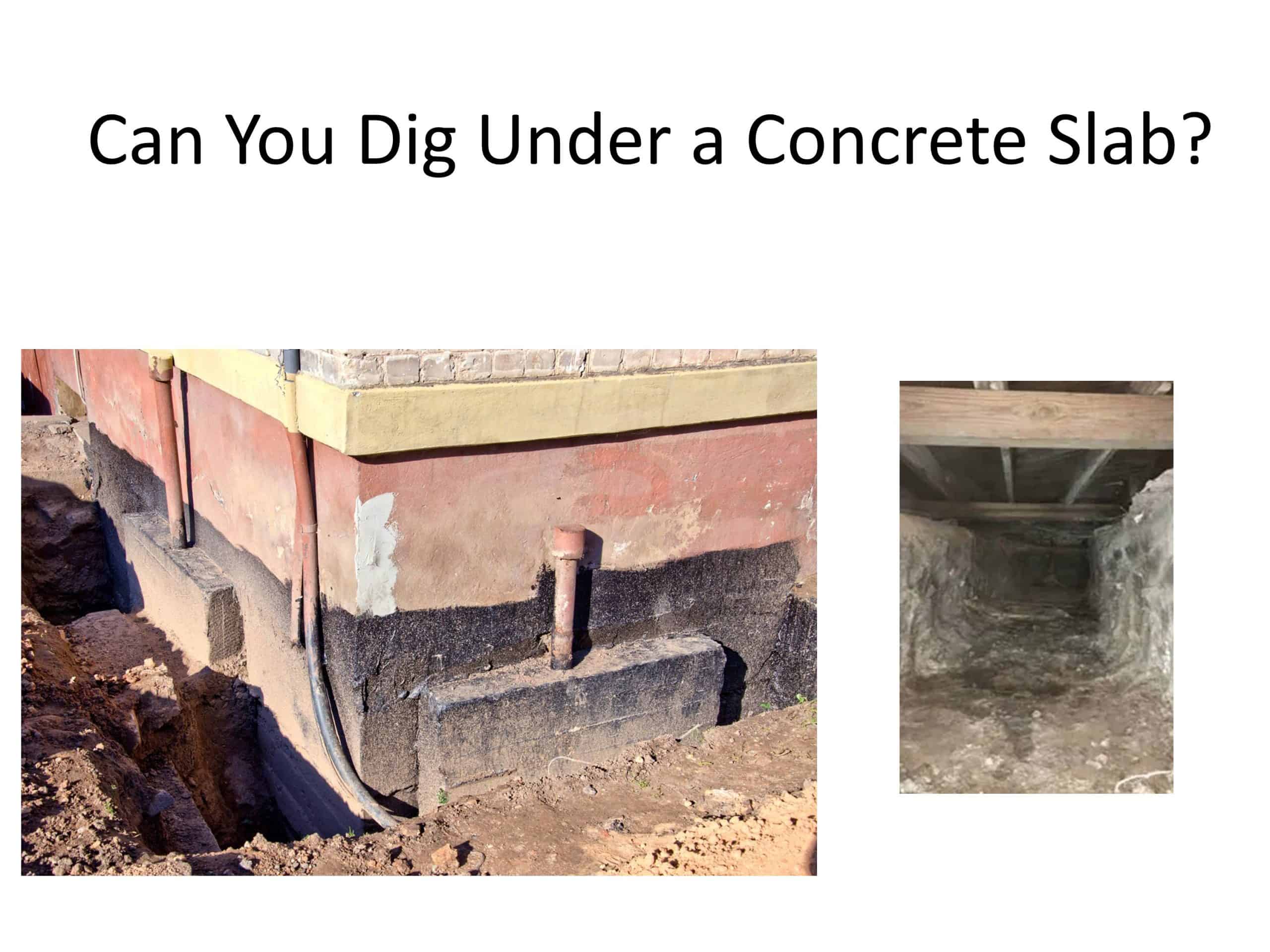
It is essential to understand that when a concrete slab is placed, the ground below it supports it, and the ground pushes up against the slab with equal force. When digging around or under a concrete slab, removing the support from underneath is essential, leaving an unsupported section of the slab. This can result in large cracks forming, buckling the slab, or even collapsing, resulting in costly repair work for homeowners.
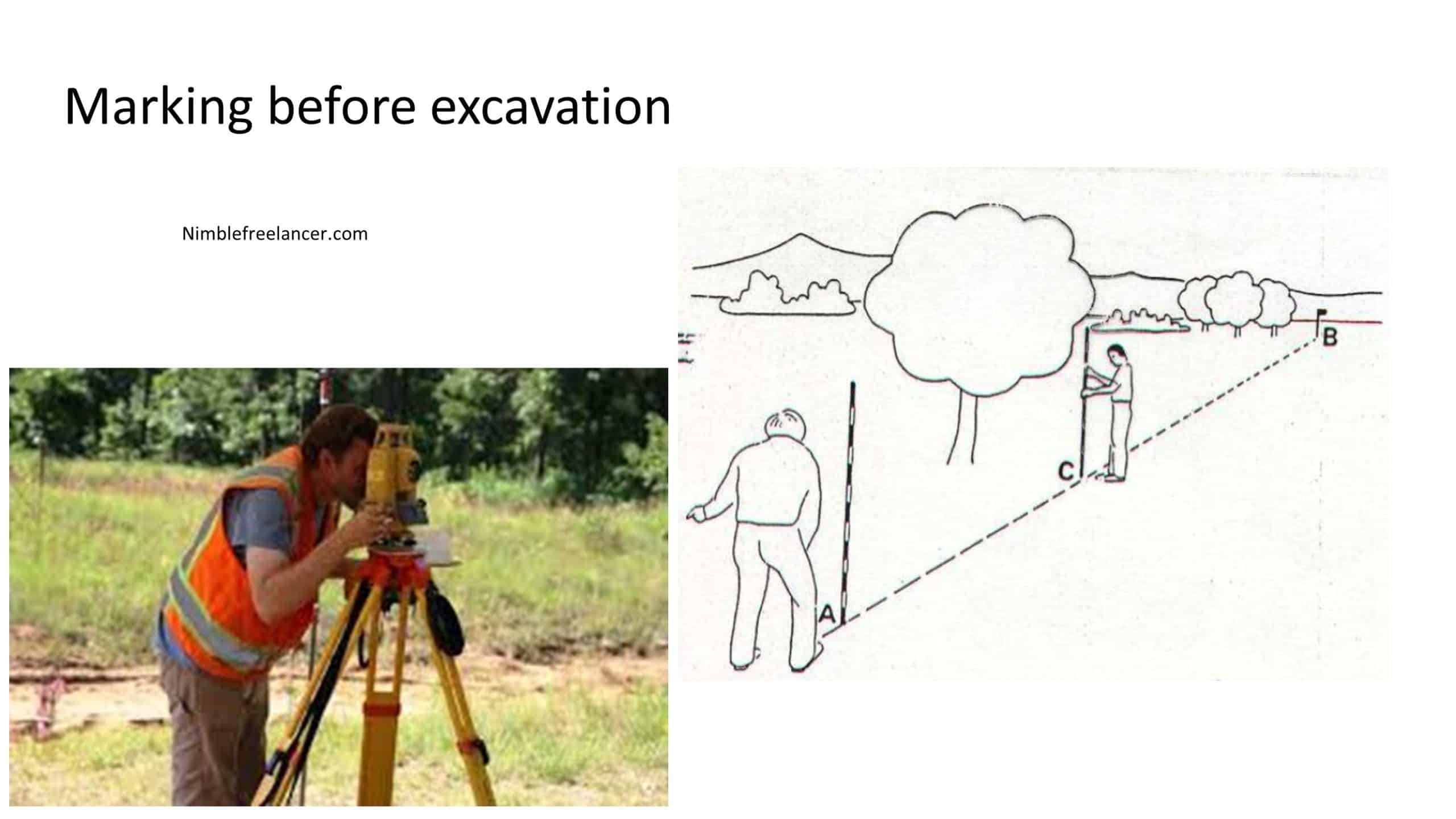
It would be best if you prepared the following tools:
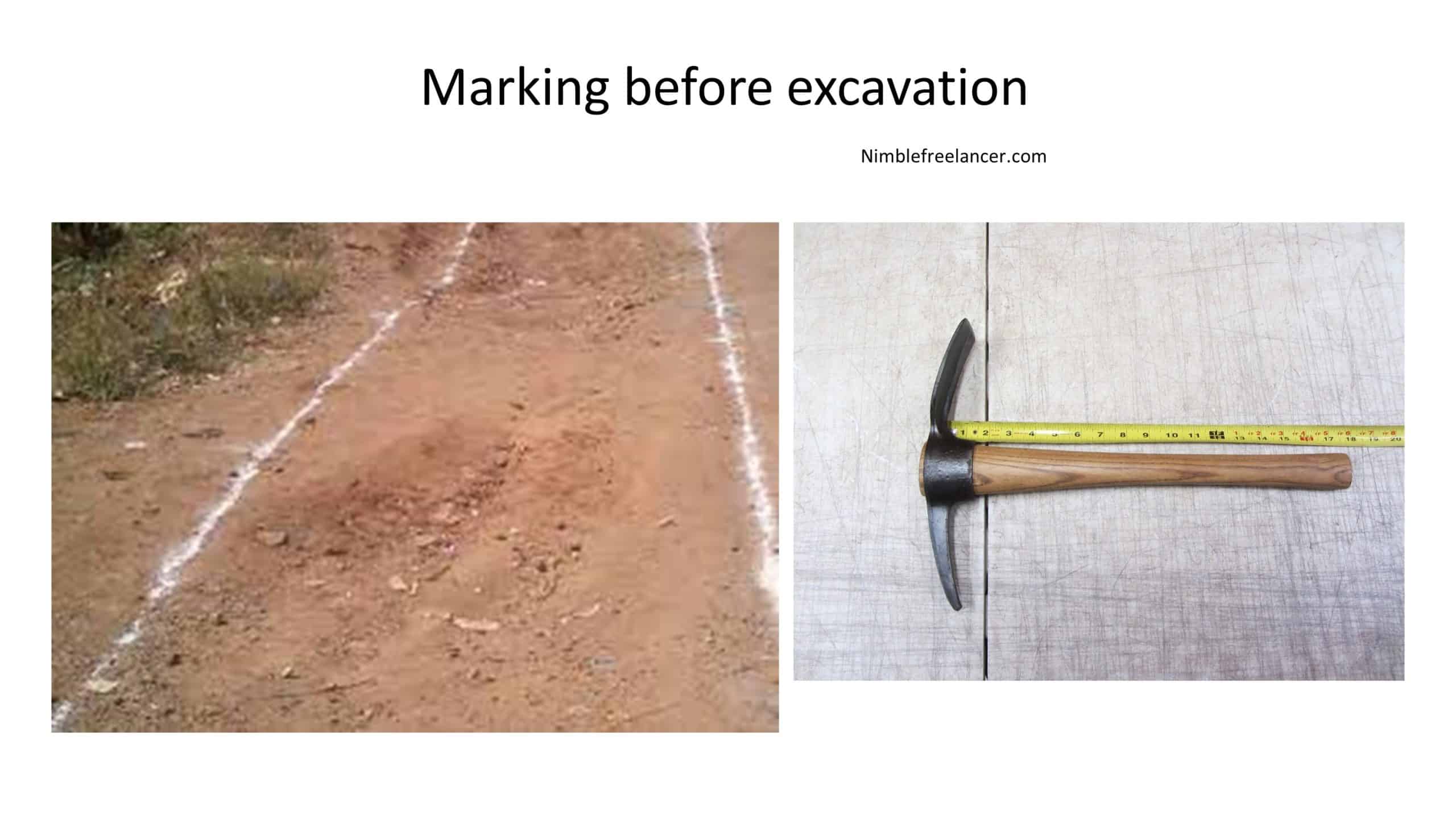
Colors for marking the area are:
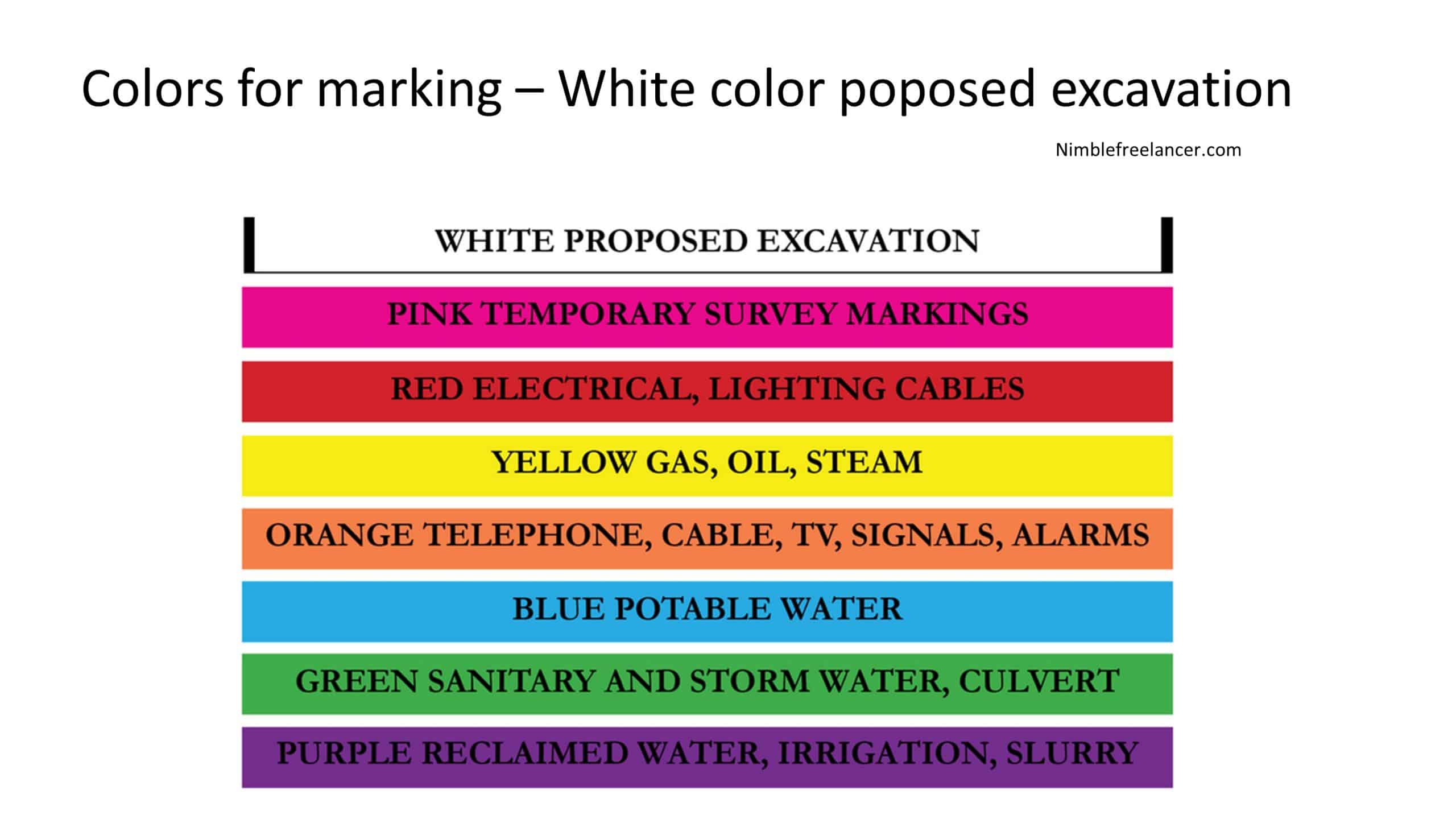
Do not make a mistake and cut the utility line :
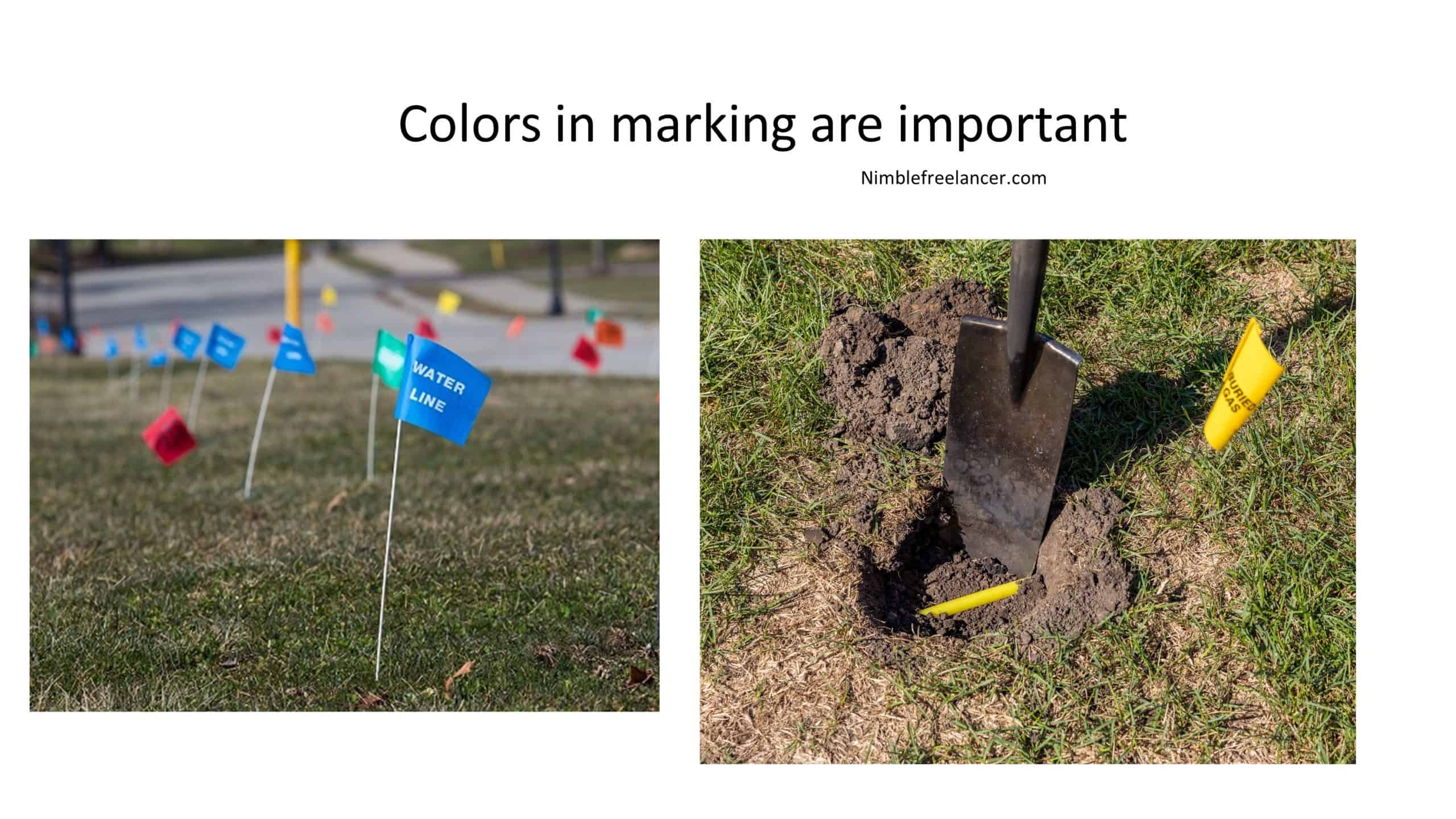
How to Dig Under-slab Tunnel
Under-slab tunneling is an intricate task that requires skill, experience, and the right equipment to do correctly. Whether you are looking to repair a plumbing failure or build a new pipe network, under-slab tunneling is often necessary to access the area beneath a concrete slab or floor. This article will provide a step-by-step guide on how to dig an under-slab tunnel to help you understand the process better.
The first step is to create an access hole into the existing concrete slab. This hole must be at least three feet deep if your home is relatively modern. However, if your home is older, the hole may need to be up to six feet deep to properly access the concrete slab’s depth. Once this access hole has been created, cslab’stors will turn horizontally and continue digging out a three-foot by three-foot tunnel until they reach their destination. This can be pretty hard work for those without proper experience or training.
Some contractors may need additional support when creating an under-slab tunnel due to soil conditions or other environmental factors such as water tables and ground levels. In these cases, shoring needs to be used, which involves installing steel beams that support and stabilize the walls of the under-slab tunnel while it’s being dug out. All safety precautions must be followed when installing these beams, as mistakes can cause serious injuries or death.
Once your contractor has reached their destination, they will start laying down piping to complete whatever project they are working on, such as plumbing repairs or new installations. If a professional plumber is unavailable, then it’s vital that anyone involved in the installation process understands what they are doing and follows any instructions their contractor provides very closely to avoid any potential problems due to incorrect installation techniques or materials being used.
Finally, once all of the necessary pipework has been completed, it’s time for backfilling and restoration of the area around youit’sder-slab tunnel to remain secure for many years ahead with minimal disruption from future projects or activities above ground level near where your tunnel lies beneath. This can involve compacting soil back into place and laying gravel over top of that soil before finally restoring any vegetation or landscaping features present before construction activities occur.
In conclusion, under-slab tunnels are essential for accessing pipelines located beneath concrete slabs and require specialized knowledge and expertise from experienced contractors to successfully create one with minimal risk and disruption caused during excavation works within residential properties or commercial buildings. By following all safety guidelines provided by experts throughout each stage of construction, you can ensure a long-lasting solution with minimal hassle down the line should any maintenance work be performed further down the track within your underground pipeline network or other utilities located below ground level within your property boundaries.





